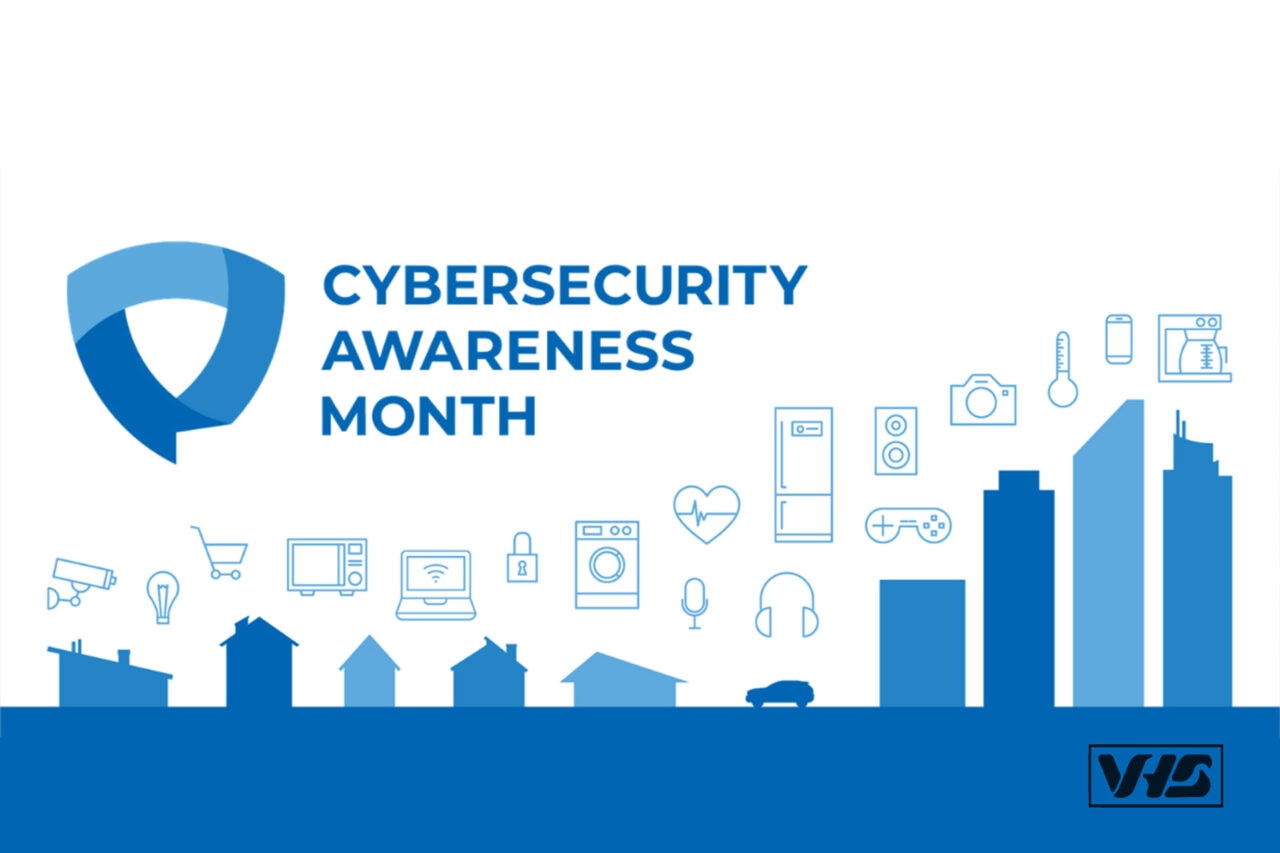
In this article, I’m going to assess the underlying drivers of Bring your own device movement or BYOD. I will summarize the security risks and concerns about the use of consumer devices in the workplace. Lastly, I will talk about the best practices to ensure proper uptake and security policies required to minimized unnecessary risks.
Bring your own devices to access the corporate network it’s a new trend focus on increasing the productivity of the employee. Employers’ expectations to speed up the communication process are forcing the network administrators to integrate employee’s mobile devices into the network architecture. Consequently, introducing an additional burden to an organization’s IT department by increasing the risk of a data breach.
Let’s take a look at some interesting stats about the Bring Your Own Device Movement:
- The Bring Your Own Device Movement is on course to hit almost $367 billion by 2022, up from just $30 billion in 2014 (Source: BetaNews).
The list of personal devices might include employee’s smartphones, personal computers, or tablets with a variety of operating systems and applications interacting with the corporate network. In order to minimize the risks, network administrators must address and determine the access levels for the employee’s devices. Most importantly, by defining and implementing a strict bring your own device policy that inform and educate employees.
Important elements of Bring Your Own Device policies must include:
- Formalize your strategy All the types of approved devices that can be supported
- Encourage antivirus and anti-spyware software Security and all data ownership policies that employees must comply
- Be consistent Levels of support that the IT department while maintaining security standards and enforcement of the latest updates
- Raise employee awareness work with your employer to raise employee awareness and keep everyone up-to-date on best practices.
The Bottom Line
Some employees might not like the idea of your boss monitoring your communication or devices. Even the simplest act of scanning or responding to work emails on your personal cell phone or laptop while you are at home blurs the line between professional and personal life. Companies that are serious about implementing a bring your own device to work must account for the fact that users are the weakest link in the security chain. Implementing a solution that can resolve or at least mitigate the potential issues must be a requirement for the company.






